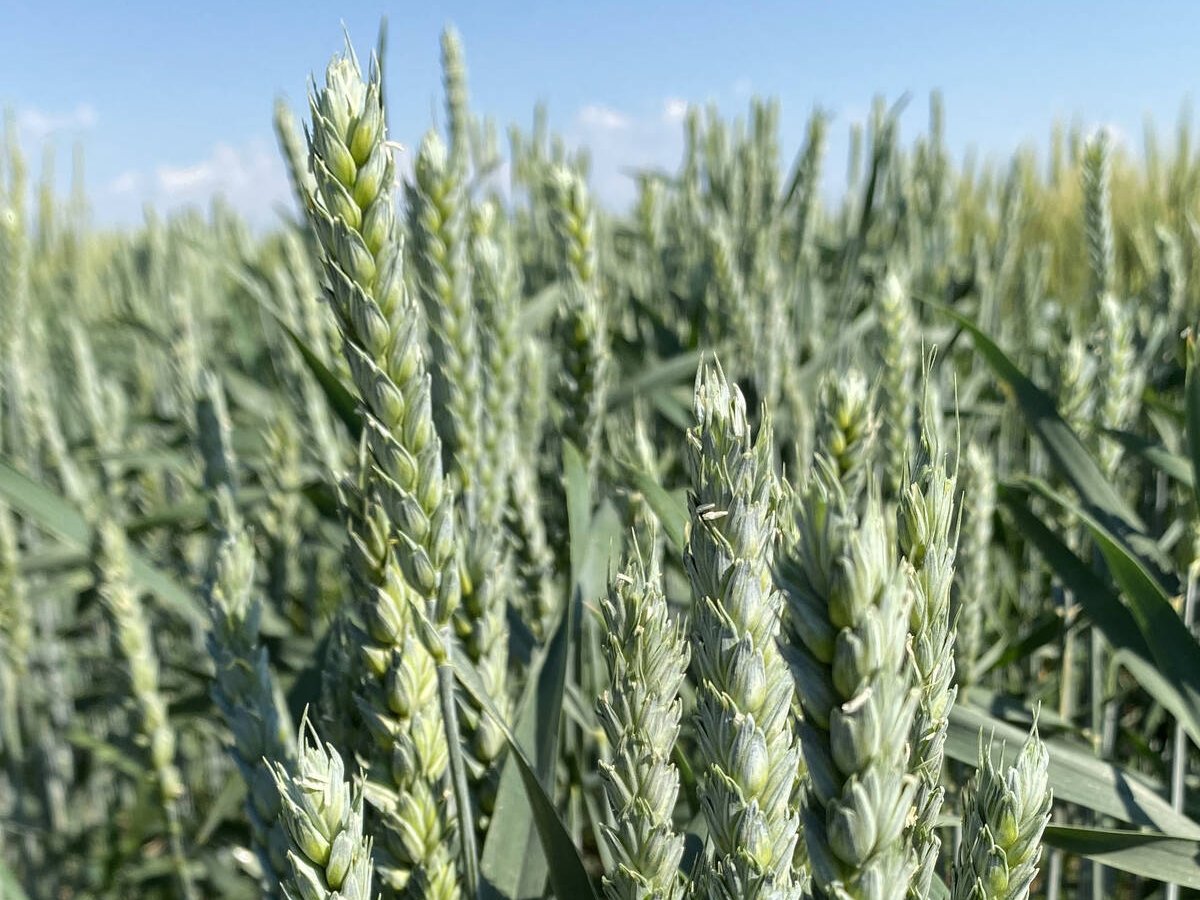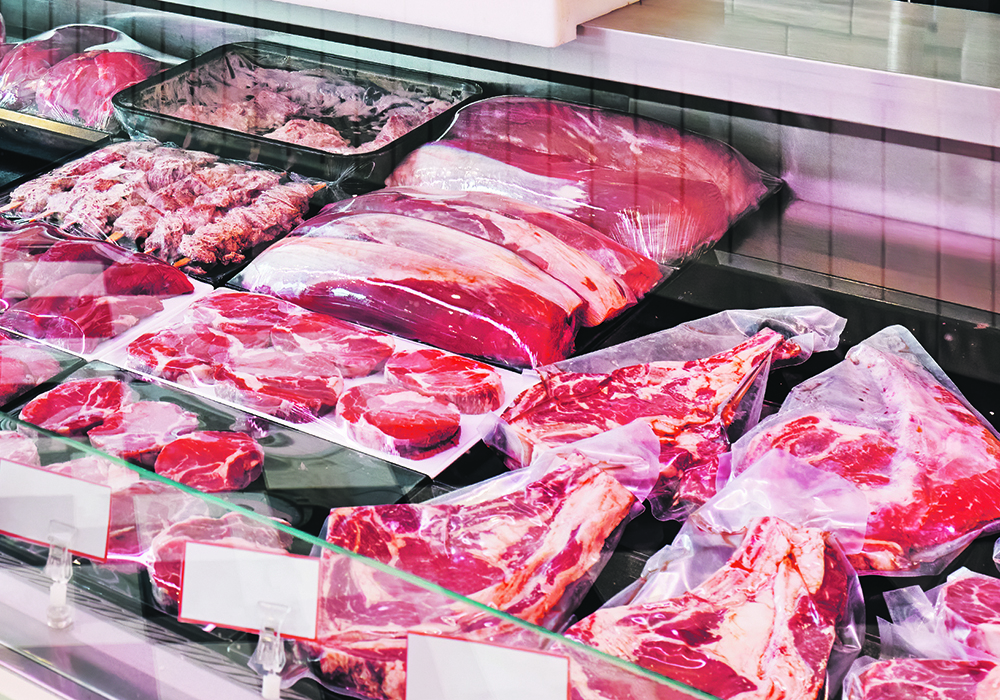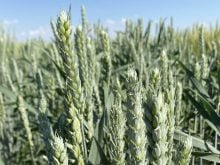Beef is part of the inflation equation, but it’s hard to tell if inflation will prompt consumers to switch to alternatives.
“How many dollars do consumers have to spend?” said Brian Perillat, market analyst for Canfax, in a presentation to the Manitoba Beef Producers annual meeting Feb. 10.
“Beef is the luxury good and the high inflation does eat into disposable income.”
Prices for most consumer goods across the economy have soared as strong demand from re-opening economies has meat supply constraints from industries hit by pandemic infections and complications.
Read Also

Discovery promises big wheat yield gain
University of Maryland researchers have discovered a gene that produces three grains per wheat floret instead of the usual one.
But prices for food products have attracted particular attention, with beef being both one of the highest-priced and most-affected categories.
U.S. president Joe Biden specifically mentioned beef in a recent statement about the threat inflation holds for American consumers.
At what price point do consumers back away from buying beef and look for cheaper alternatives, whether in meats or non-meat substitutes?
Perillat said demand for beef has not yet been visibly knocked by the widespread inflation problem. Both export and domestic demand continues to boom.
And by itself, beef prices aren’t out of line. Compared to pork prices, beef is fairly priced.
There’s good fundamental support for strong beef prices. The drought in both the U.S. and Canada has caused farmers to get rid of cows and heifers, so beef supplies and coming supplies are restricted. The Canadian cow herd is the smallest it’s been for 30 years.
But as part of the overall cost of living, and as one of the most expensive items in the grocery cart, beef can’t entirely escape the impact of inflation on the consumer wallet.
At some point most consumers can’t afford to pay more for everything, so they might change some purchasing decisions.
“This is a bit of a headwind we have to watch,” said Perillat.
















